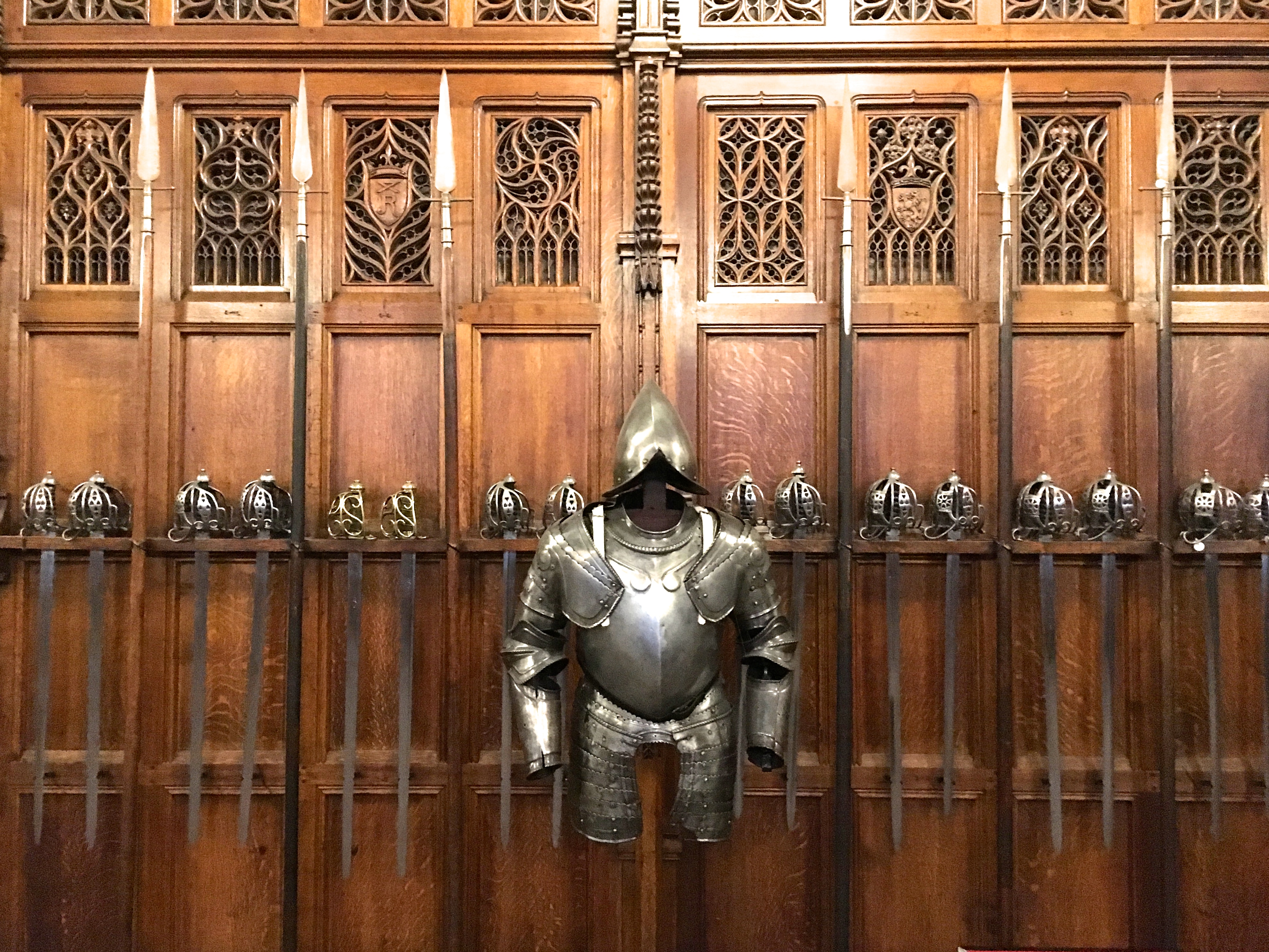

There they all had equal input into decision-making, apparently a historical first, though Charlemagne remained the final arbiter.Īlso Excalibur, if it existed, was probably a sword from Francia. Although there is no evidence he had a round table at his court in Aachen, twice a year he brought together all the counts and bishops to meet with him. On the other hand, Charlemagne was known as the ruler to devise the county system with counts as heads of the regional divisions to administer secular affairs and bishops as the ecclesiastical equal to govern church matters in each county. Thus, even though Arthur could have known about the idea of the round table, there is little evidence one actually existed in ancient Camelot. The circular table at Winchester Castle displayed as "King Arthur's Round Table" has been dated as built during the 15th century, probably following Mallory's account. Two centuries later, Sir Thomas Malory in Le Morte d'Arthur (1485) draws heavily on Boron's version but introduced the currently accepted Arthurian concept of the "Order of the Round Table". Shortly after French poet Robert de Boron expanded the symbolism surrounding the table but attributed the building of this table not to Arthur but his father King Uther Pendragon. English writer Layamon in the early 13th century expanded Waœ's idea of a round table symbolizing equality in King Arthur's Court. It was the Norman poet Waœ in Roman de Brut or "Romance (story) of Brutus" in 1155 that first mentioned the round table in his version of the legend of Arthur. Thus Arthur could have known of this practice from his distant Celtic cousins but the concept of a round table in King Arthur's court did not arise in literature until long after the days of Charlemagne. The Gallic tribal chiefs gathered their main or fiercest warriors around a circular table during celebratory feasts or war strategy meetings. The Romans described these practices as common among the "barbarians". Seating equals at round or circular tables was a practice found among the Celtic tribes that inhabited Gaul prior to the Roman conquest around 58 BC. In fact Charlemagne himself wrote letters and kept records that show such Arthurian traditions as chivalry, knighthood, courtly love and religious quests, such as for the Holy Grail, arose during Charlemagne's reign and thus were anachronistic to the real King Arthur's days.įirst upon examining the practices that Arthur could have known about and used, we find the famous Round Table.


On the other hand there were many chroniclers writing during Charlemagne's reign from 742-814 AD whose works have survived to prove this king's deeds. Although a real King Arthur is believed to have lived in the British Isles and died in 537 AD, not many documents or histories were written at the time and none that proved he had knights, a round table or even an unfaithful wife named Guinevere. Many accomplishments credited to King Arthur of England were either borrowed from the pre-existing habits of the tribes of Gaul or did not happen until centuries after his lifetime. Was Charlemagne Really The True King Arthur?


 0 kommentar(er)
0 kommentar(er)
